Respiratory Aids is a device that assists breathing if a person’s oxygen level is low in the bloodstream. This device helps the body to overcome the inability to breathe normally, such as during respiratory failure.
Many people who have disorders like as asthma, lung cancer, and chronic obstructive pulmonary disease need this tool. Respiratory aids also help people with lung problems to lead a better life. There are various types of respiratory aids, from oxygen concentrators to respirators.
Types and How Respirators Work
There are so many variations of Respiratory aids used according to the health condition to be treated. Following types of respiratory aids and how they work:
1. Nebulizer
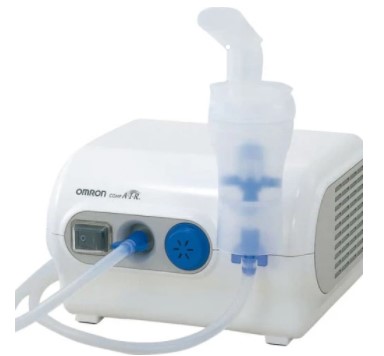
The nebulizer consists of an air compressor machine, a small container for liquid medicine, and an elastic hose that connects the air compressor to the medicine container. There is a mouthpiece or mask that will be used to inhale the mist at the top of the medicine.
Nebulizer respiratory aids can be used by adults and children. Doctor will usually give you a prescription for the use of a nebulizer.
2. C-PAP Respirator
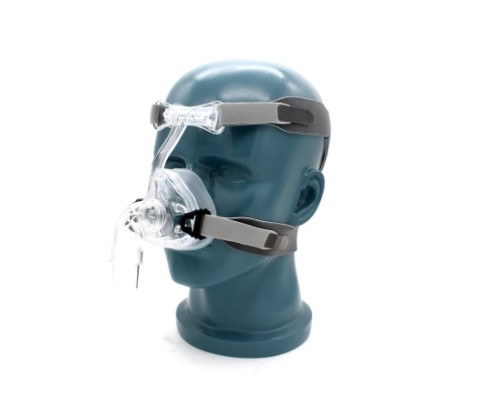
Sleep apnea is a dangerous condition, when a person doesn’t receive enough oxygen during sleep. Enlargement of the pharynx causes the airway to become anatomically blocked which causes this condition to occur
The C-PAP ( continuous positive airway pressure ) Respiratory Aids blows air into the nose by mask. Then air keeps airway open to help the absorption of oxygen. Doctors or medical personnel will teach sufferers how to use them. They also coordinate the needs of people with sleep apnea.
3. BIPAP Respiratory Machine
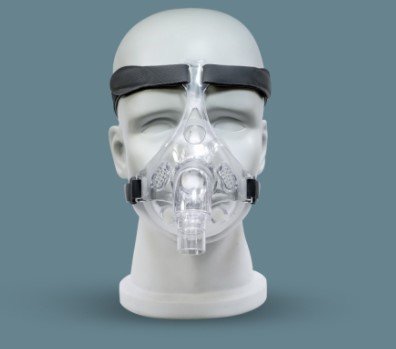
BIPAP ( bilevel positive airway pressure ) helps people with respiratory disorders to breathe normally. This respiratory machine push air into the lungs by keeping the lungs open. This will allow more oxygen to in.
Bilevel positive airway pressure (BIPAP) have function to keep the person breathing (inhaling and exhaling). BIPAP type masks are commonly applied to the face by providing some of the required oxygen pressure, it is also small so it can be used anywhere. That way oxygen can enter the air sacs in the lungs.
A person who can’t breathe completely on their own during sleep, such as an obese person with a history of respiratory distress, usually uses this BIPAP device. To use of this respiratory aids must also be with a doctor’s prescription.
4. Respirator
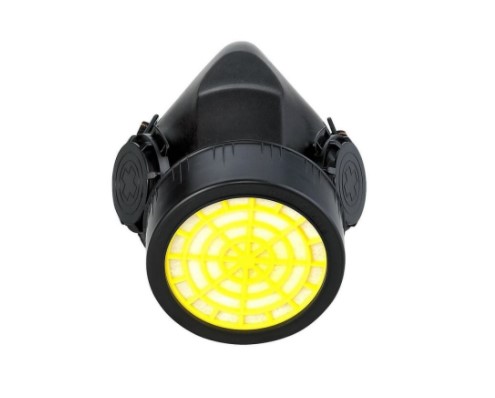
Respirators help the patient breathe and treat illness while providing oxygen. People with asthma, chronic obstructive pulmonary disease, bronchitis, and other respiratory diseases benefit greatly from a respirator.
This respiratory aids be supplies pure oxygen to the patient’s heart and lungs. This tool is in the form of a small suitcase containing a small bottle of water to moisten the oxygen and battery. Respirator can be used at home and in the car when you are driving.
The respirator also provides a control grid that automatically selects a battery pack, as a power source when one of the plug-on connections is in use. This type of portable respirator requires a doctor’s approval and respiratory monitoring by a healthcare professional. Oxygen will enter through a tracheotomy which is the entrance to the trachea, allowing the tube to replace the airway
5. Oxygen Concentrator
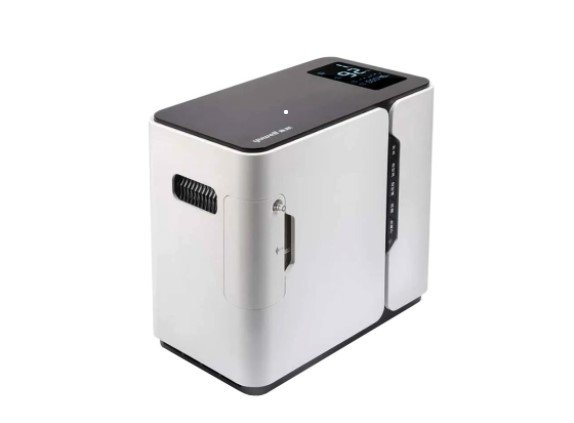
Oxygen concentrators deliver pure oxygen through a mask or nasal cannula. An oxygen concentrator is a small, branched tube that is placed in both nostrils. Oxygen concentrators can be used for oxygen therapy and hyperbaric chambers.
This device can delivers pure oxygen into the lungs and heart and increases it according to the patient’s needs. Some patients require therapy with this breathing apparatus at night to reduce oxygen levels caused by chronic and acute lung conditions.
6. Suction Machines
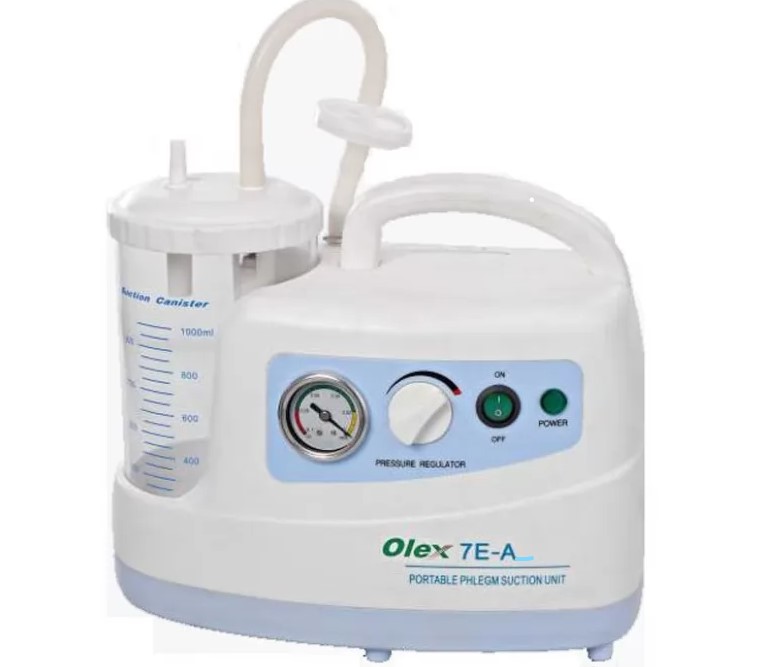
This type of respiratory aids functions to clear mucus from the respiratory tract so that you can breathe more easily. Suction machines has a shape like a hose, which is connected to a machine. The Device works by applying pressure to clear mucus in the airways.
So that’s an article about the types of respiratory aids that might be useful for you in choosing a respiratory aids according to your needs. If you have a health condition that interferes with breathing problems, you should immediately visit a doctor. You can schedule doctor visits at the nearest hospital.
